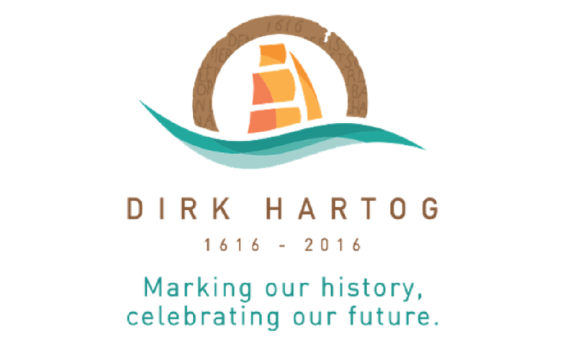Digital Classroom
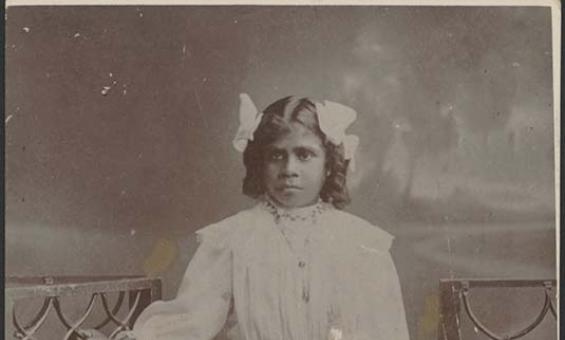
A real Australian native girl, Australian Aborigines' Mission, La Pérouse, New South Wales, 1910, nla.gov.au/nla.obj-137118878
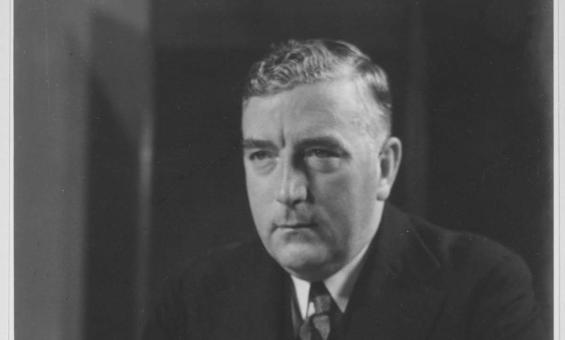
The Rt. Hon. RG Menzies PM of Australia broadcasting to the nation the news of the outbreak of war, 1939, nla.gov.au/nla.obj-136636422
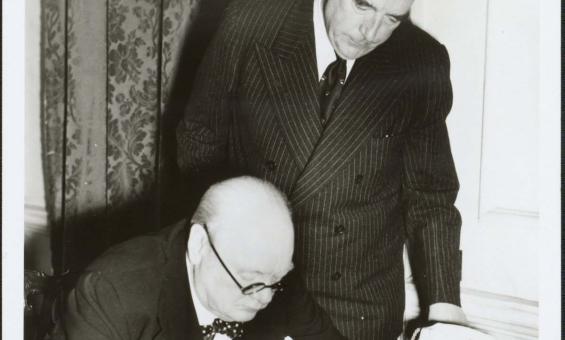
Portrait of Prime Ministers R.G. Menzies and Winston Churchill at Downing Street, London, 1941, nla.gov.au/nla.obj-137388175
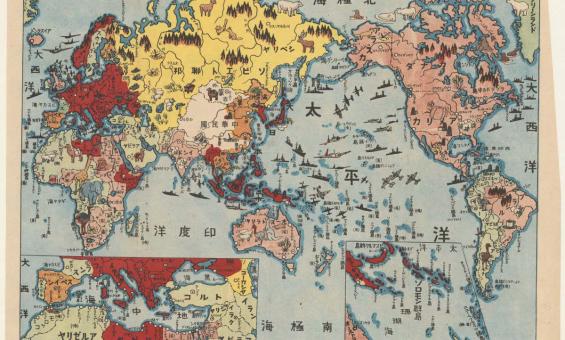
Japanese map of World War ll, 1942, nla.gov.au/nla.obj-234704475
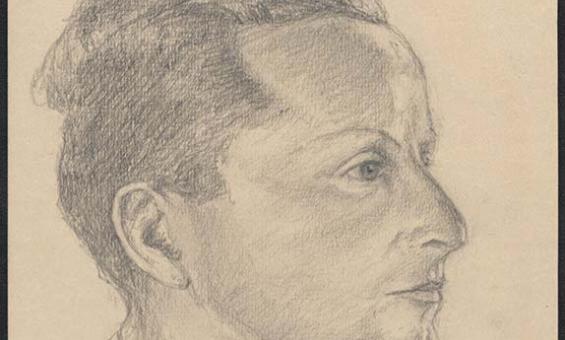
Theodor Engel, Study of a Dunera boy at Tatura, Victoria, 1943, nla.gov.au/nla.obj-152997802
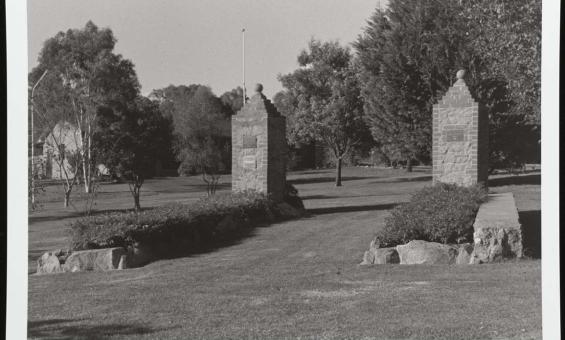
Brendon Kelson, Garrison Gates Memorial (former entrance to POW camp), Binni Creek Road, Cowra, 1996, nla.gov.au/nla.obj-143115748

Mitsubishi A6M Zero-Sen, a Japanese single seat monoplane fighter, 1940, nla.gov.au/nla.obj-144931273
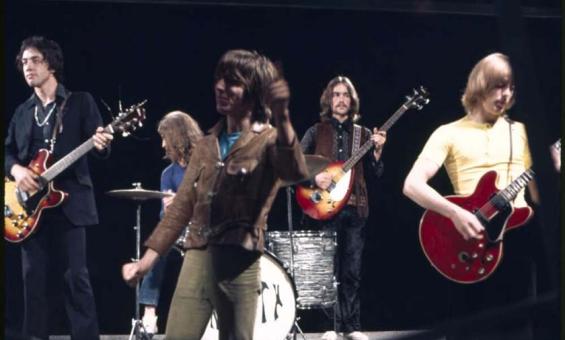
Stephen Fleay, The Easybeats rehearsing at the CBN 8 and CWN 6 television studios, Orange, New South Wales, 1970, nla.gov.au/nla.obj-151176759
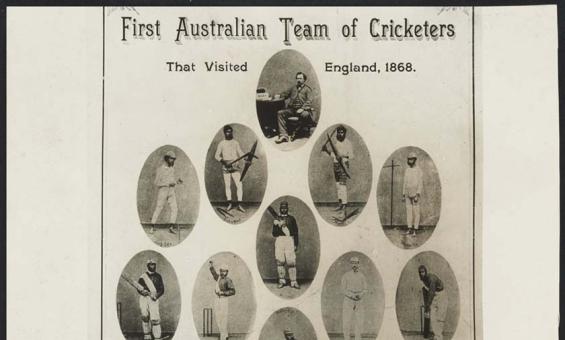
Photoline Printing Co., First Australian team of cricketers that visited England, 1868, nla.gov.au/nla.obj-141855333

Michael Jensen, Robert de Castella winning the gold medal at the Commonwealth Games Marathon, Brisbane, 1982, nla.gov.au/nla.obj-136995791
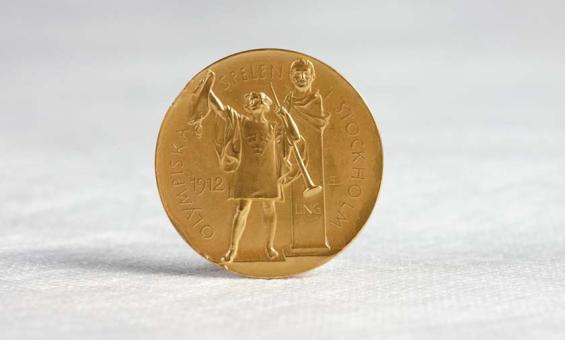
Olympic gold medal won by Miss Fanny Durack at Stockholm, 1912, nla.gov.au/nla.obj-139311257
